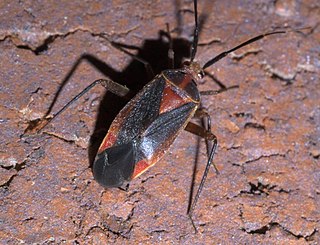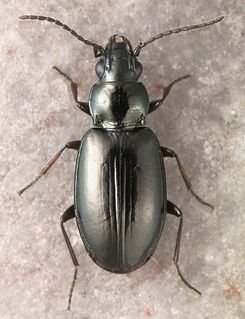
Laetitia Marie Laure Casta is a French actress and model.

Casta is a term which means "lineage" in Spanish and Portuguese and has historically been used as a racial and social identifier. It has been interpreted by certain historians during the 20th century to describe mixed-race individuals in Spanish America, resulting from unions of Spaniards, Amerindians, and Africans. Basic mixed-race categories that appeared in official colonial documentation were mestizo, generally offspring of a Spaniard and an indigenous person; and mulato, offspring of a Spaniard and a black African. There were a plethora of terms for mixed-race persons of indigenous and African ancestry used in 18th-century casta paintings yet they are not known to have been widely used officially or unofficially in the Spanish Empire.

Portuguese wine is the result of traditions introduced to the region by ancient civilizations, such as the Phoenicians, Carthaginians, Greeks, and mostly the Romans. Portugal started to export its wines to Rome during the Roman Empire. Modern exports developed with trade to England after the Methuen Treaty in 1703. From this commerce a wide variety of wines started to be grown in Portugal. And, in 1758, one of the first wine-producing regions of the world, the Região Demarcada do Douro was created under the orientation of Marquis of Pombal, in the Douro Valley. Portugal has two wine-producing regions protected by UNESCO as World Heritage: the Douro Valley Wine Region and Pico Island Wine Region. Portugal has a big variety of local kinds, producing a very wide variety of different wines with distinctive personality.

Castizo is a racial category used in 18th-century Casta paintings of Colonial Spain to refer to people who were three-quarters Spanish by descent and one-quarter Amerindian. The feminine form of the word is castiza. Nowadays the term castizo also came to mean mixed-race people with light skin, in comparison to mulattos, pardos, mestizos and coyotes who would be mixed-race people with dark skin.

"Te Amo" is a song by Barbadian singer Rihanna from her fourth studio album, Rated R (2009). The song was written by Mikkel S. Eriksen, Tor Erik Hermansen, James Fauntleroy II and Rihanna, with production helmed by Eriksen and Hermansen under their production name, Stargate. "Te Amo" impacted radio in Canada on June 7, 2010, and was released via digital download on June 8, 2010, in Australia, Italy and New Zealand, as the album's third international and sixth and final overall single. "Te Amo" incorporates elements of music of Latin America and conveys Rihanna's struggles as the object of another woman's desires.

Pardo is a term used in the former Portuguese and Spanish colonies in the Americas to refer to the triracial descendants of Europeans, Amerindians, and West Africans. In some places they were defined as neither exclusively mestizo, nor mulatto, nor zambo. In colonial Mexico, pardo "became virtually synonymous with mulatto, thereby losing much of its indigenous referencing." In the eighteenth century, pardo might have been the preferred label for blackness. Unlike negro, pardo had no association with slavery. Casta paintings from eighteenth-century Mexico use the label negro never pardo to identify Africans paired with Spaniards.
Aradus inornatus is a species of flat bug in the family Aradidae. It is found in North America.
Aradus borealis is a species of flat bug in the family Aradidae. It is found in North America.

Hydrobiomorpha is a genus of water scavenger beetles in the family Hydrophilidae. There are 56 extant described species in Hydrobiomorpha, along with several fossil species.
Largus pallidus is a species of bordered plant bug in the family Largidae. It is found in North America.

Taedia is a genus of plant bugs in the family Miridae. There are more than 80 described species in Taedia.
Aradus shermani is a species of flat bug in the family Aradidae. It is found in North America.
Aneurus borealis is a species of flat bug in the family Aradidae. It is found in North America.
Phloeosinus pini is a species of crenulate bark beetle in the family Curculionidae. It is found in North America.

Thyanta is a genus of stink bugs in the family Pentatomidae. There are about 19 described species in Thyanta.
Lionepha casta is a species of ground beetle in the family Carabidae. It is found in North America.

Lionepha is a genus of ground beetles in the family Carabidae. There are about 10 described species in Lionepha.
Mezira pacifica is a species of flat bug in the family Aradidae. It is found in North America.
Aradus basalis is a species of flat bug in the family Aradidae. It is found in North America.
Annaphila casta is a species of moth in the family Noctuidae. It is found in North America.










